“You can breathe a horse to quietness. You can breathe him past things that scare him.” ~ Sally Swift – Centered Riding
Once you are familiar with using the breath as a tool, it becomes second nature; it’s a tool we always have with us in any situation. As a long-time yogini and horsewoman, I naturally use breathwork on the yoga mat, in my horsemanship, and in my daily life.
Breathwork has a calming and refining impact on our nervous system, which is clearly beneficial when working with horses. Horses can feel and sense our energy and our nerves. Needless to say, whether mounted or unmounted, it’s prudent to keep our nerves calm for our benefit as well as for our horse.
One aspect of yoga is breathwork. The yogi uses various breathing patterns to induce various states. Some breaths are calming, others energizing, while some balance the right and left hemispheres of the brain. Equestrians can also use breathing techniques to adjust their energy as needed.
There’s a direct link to breath and emotions. When we feel fearful, anxious, or nervous, our breath pattern changes to a short, shallow rhythm. We can help offset some negative emotions by implementing basic breathing techniques.
Deep, mindful breathing not only helps the body, but the mind as well, giving it a focal point when it begins to wander or chatter too much. Excessive mental chatter can be exhausting – depleting energy, focus and mental collection.
Over the years, I have used breathwork during tricky moments while riding the challenging trails of the Great Smoky Mountains. I not only do this for my benefit, but for my horse’s benefit as well. Your horse can feel if you’re breathing or not. When you hold your breath, you physically begin to tense-up – your energy flow and nervous system change. Your horse will notice this and may think, “uh-oh what’s up?” and begin to tense. You can use breathing to breathe you and your horse through challenging moments on the trail, in the arena, or in the show ring. You can even practice on the ground when leading your horse or in a simple exercise I call, Breathing with Horses (I will explain later).
Here’s a true trail story where I was so scared, I forgot to use the tool of breath …if only…

How to begin a breathwork practice:
When learning any new skill, practice makes perfect. I recommend honing your breathing skills on the yoga mat, on the meditation cushion, or in a deliberate breathwork session. I suggest learning a basic breath called, The Complete Breath (aka 3-Part Yogic Breath). If this piques your interest, you can go on to learn other breaths, such as Ujjayi Breath (aka Ocean-Sounding Breath) or Alternate Nostril Breath. However, you may just find the Complete Breath is all you need and the easiest to learn and apply anywhere, anytime.
- Set aside time for a breathwork session (not with your horse nor while riding). Find a quiet location where you can practice for about 10-minutes.
- Sit comfortably either in a chair, on the floor, or on a cushion with your spine straight so your energy and breath can flow freely.
- The more you become familiar with breathwork, the more you’ll naturally use it when feeling tense, not just in your horsemanship
Instructions for The Complete Breath from my book, Yoga for Riders:
~ COMPLETE BREATH ~
(AKA “THREE-PART YOGIC BREATH”)
This is a relaxing breath that eases the body, calms the mind, refines the nervous system, relaxes the abdominal regions (where many tensions are held), and strengthens abdominal muscles, the diaphragm, heart, and lungs. It also improves digestion and elimination and is soothing to the nervous system.
Tips
This breath can be done while sitting or lying on your back with the spine straight, or used in yoga postures on the mat, on horseback, and throughout your daily life. In other words, it’s an ideal breathing pattern to use often and habitually.
Contraindication: Recent surgery to abdomen or chest.
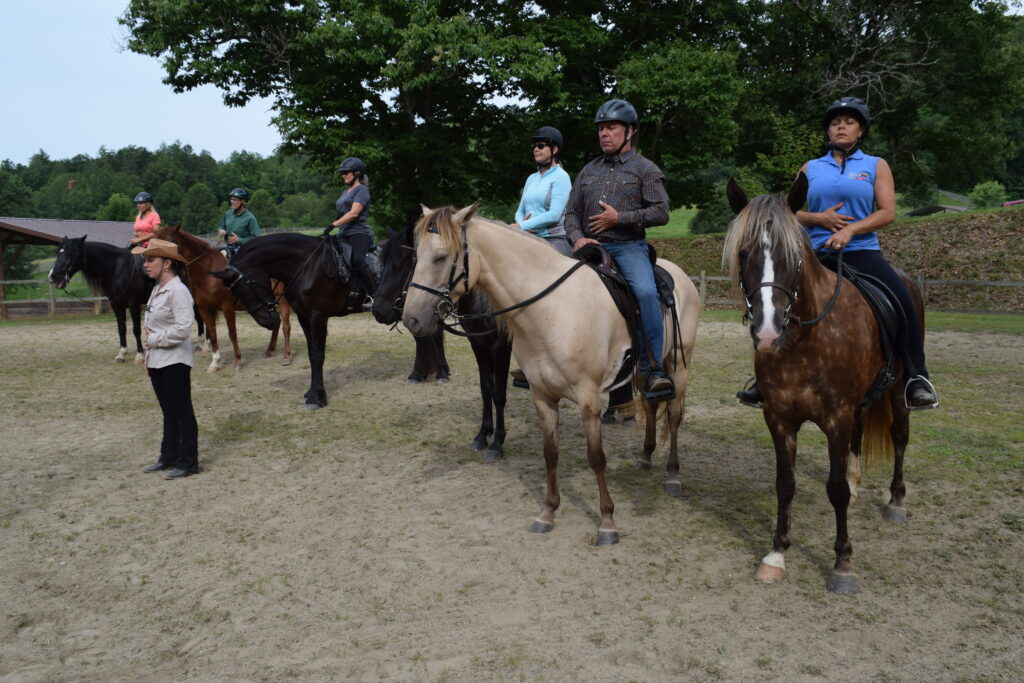
How to Complete Breath
(aka “Three – Part Yogic Breath”)
Imagine you have three separate chambers or vessels that you breathe into and fill with air:
1) the belly
2) the rib cage area
3) the chest.
With slow, steady, uniform breaths through the nostrils, begin to inhale and exhale very slowly. Fill the belly, ribs, and then the chest with the same long breath. Feel each of these areas expand on the inhale, (Imagine the lungs like a balloon that you are filling with air), filling the lungs from the bottom up.
As you exhale through the nose, feel the chest deflate, the ribs contract, then the abdomen pull slightly inward at the end of the exhalation. At the end of the exhale, you are squeezing out all the remaining breath, making room for the next breath. Continue breathing in this way until you experience a natural rhythm. Repeat this pattern from 5 to 30 minutes. Notice how you feel!
Note: It’s not uncommon to feel awkward when first trying this way of breathing. If you are having difficulty getting the hang of it, try lying on your back and placing a small stack of books or a throw pillow on your lower belly. While lying, glance in that direction, seeing the rise and fall. When breathing in, the belly, books, and pillow should rise toward the ceiling, and when breathing out, they should drop toward the spine. Once you feel accomplished, transfer to a sitting position and try it again without the aid of props.
How to infuse your horsemanship with breath:
- Begin on the ground, using The Complete Breath, perhaps when standing next to your horse, prior to mounting, before a groundwork session, or even when leading your horse.
- A nice, calming activity is Breathing with Horses. Get close to your horse so you can feel the breath. Place one hand on your horse’s chest or side or near the nostrils and feel his/her breath entering and exiting. This makes the breath tangible; notice the temperature of the breath, the pace, the sound, the heartbeat. Then, begin slowly deepening your own breathing; maybe even see if you can sync up your breaths while you both enjoy a relaxing moment. This is a beautiful way to connect and take a break from being task-oriented. Remember, the same life-force energy flowing through you also flows through your horse and all of creation – interconnecting us.
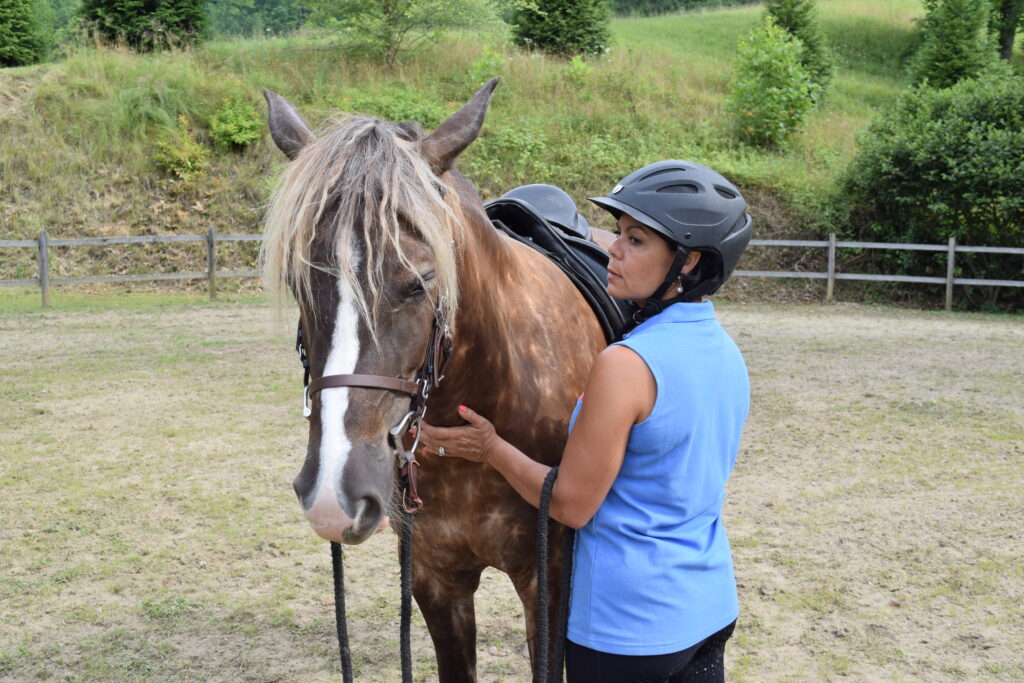
Breathing With Horses
- Notice how you feel before you begin breathwork and notice if any shifts occur while you’re breathing or afterward.
- Notice any shifts in your horse; perhaps he/she shows signs of relaxing and softening too.
- Once mounted, ask your horse to be still so you have a moment to connect with your breathing and begin the Complete Breath – setting the tone for the ride.
Cathy leading a clinic group into Breathing While Mounted
- Continue to breathe in this way while riding. Note: You don’t have to deliberately do the Complete Breath the entire ride, but use it any time you feel tension arising. However, once you get used to breathing in this way, you may find it becomes your natural way of breathing.
- Stay attentive when riding, when any tensions surface (physical or mental), notice what happens to your breathing; typically, we hold the breath or begin shallow breathing when we become tense. This is the time to begin the Complete Breath. Notice if there’s any reaction from your horse when you begin to relax and breathe fully. This gives him/her the space to relax too.
I offer many more tips, techniques and exercises in my book, Yoga for Riders and in my Body, Mind, Equine programs, but this should give you a good start to experience how the powerful and beneficial practice of breathwork can enhance your horsemanship.
Happy Breathing,
Yogini~ Cathy Woods
Check out Cathy’s previous article here on equine grooming!
Cathy is a yogini and horsewoman, author of Yoga for Riders, creator of Body, Mind, Equine™ and The Mindful Equestrian™ online courses, and national retreat leader/clinician. She has taught and led retreats for equestrians and non-equestrians since 1991 at distinguished locations such as Kripalu Center for Yoga and Health, Yogaville Ashram, and Mount Madonna Center. As an equine enthusiast and avid rider, Cathy combined her passions to create a program called Body, Mind, Equine™ that focuses on the use of yoga principles and postures to improve horsemanship, from ground to saddle. She offers retreats and clinics at ranches, resorts, equine centers, and expos—including Equine Affaire and Equitana USA—as well as for private groups and equestrian organizations like USHJA.




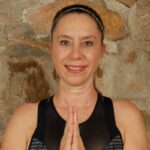
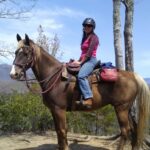




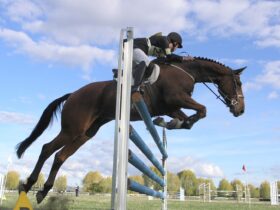





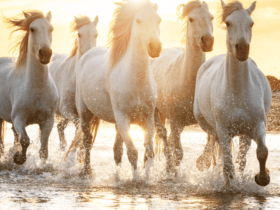





SOCIAL